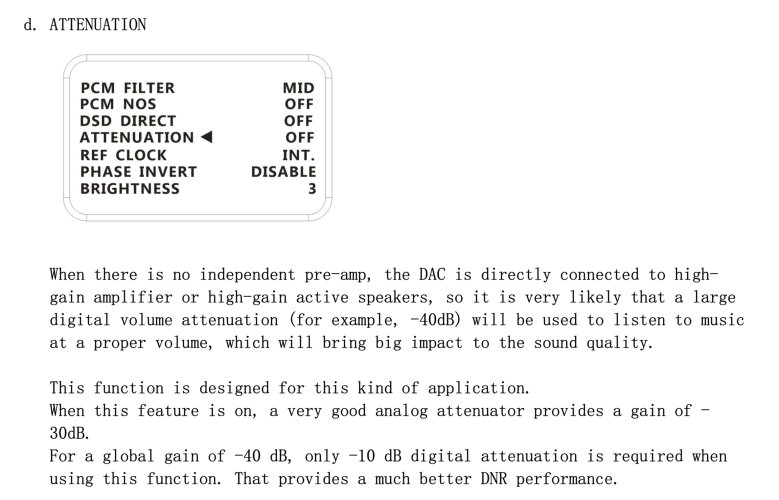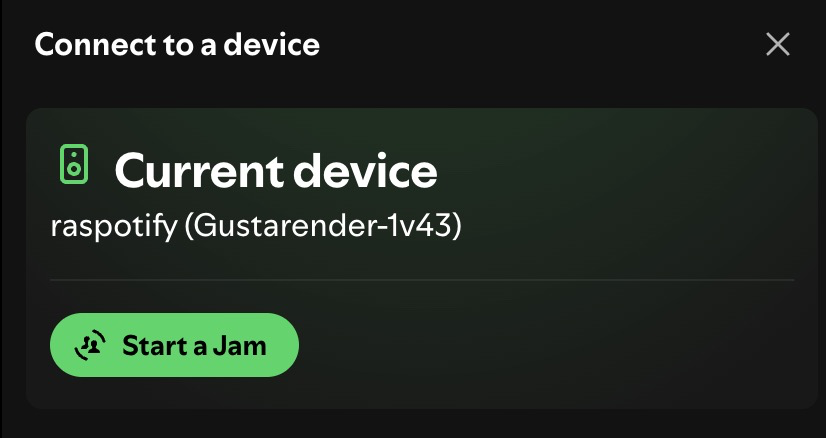You are not alone. One of the reason is, watermarking. It started to be added to the streamed music for tracking piracy in early 2000, it affects sound quality. Some watermarking methods are very intrusive and can be detected on the FFT plot. It was discussed on the Steve Hoffman forum, pointing the worst offenders like UMG label. In a defense hires format started to be promoted for streaming, as it is easier to hide digital ID's in 24-bits.
Try a different CD made by a small audiophile label, not market monopolies like Deutche Grammophone and generally avoid early 2000 releases. During 2010's watermarking technology has improved to the level that is not detectable anymore on the FFT plot and some labels now claim not adding, but I wouldn't be quick confirming it as a fact. If doubt, read T&C from the Amazon Music to the streaming and purchased online downloads. Watermarking is not mentioned by the name, but there is a clue in disclaimers that points to the labels as a source, in the style "we are not responsible". As a conclusion, streaming companies may add a second level of watermarking, by example it is agreed that Qobuz sounds better than Tidal.
Upsampling helps randomising watermarking distortions, one of the reason HQPlayer became popular. If you look at HQPlayer users, most (if not all of them) use streaming services. For my local samples of audiophile quality HQPlayer has no use. Not an R26 user, but also R2R technology, NOS prefered.























